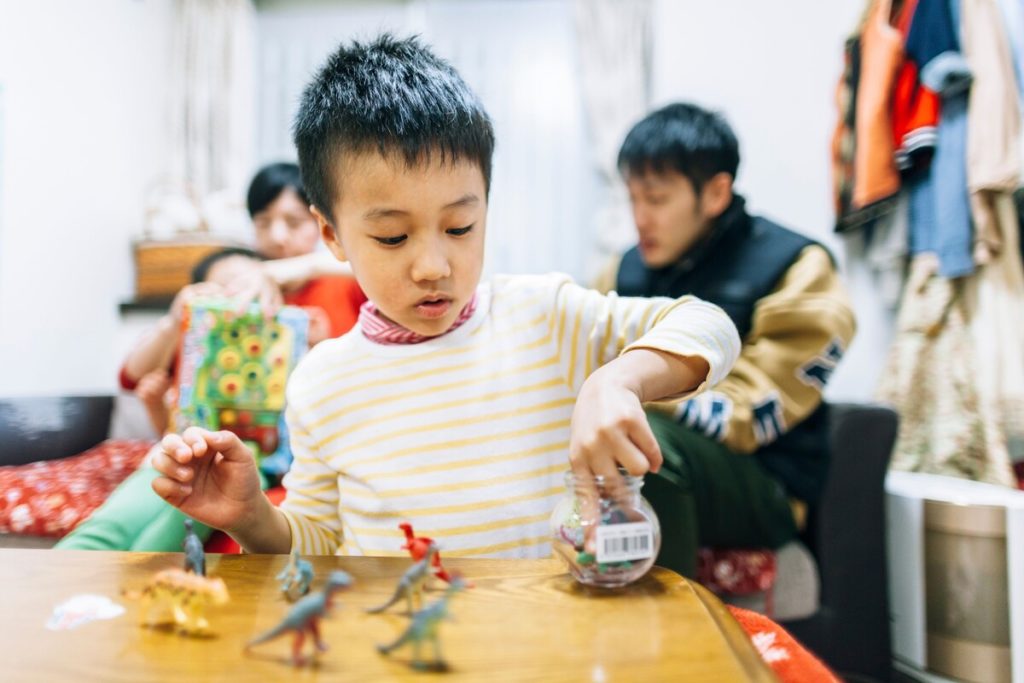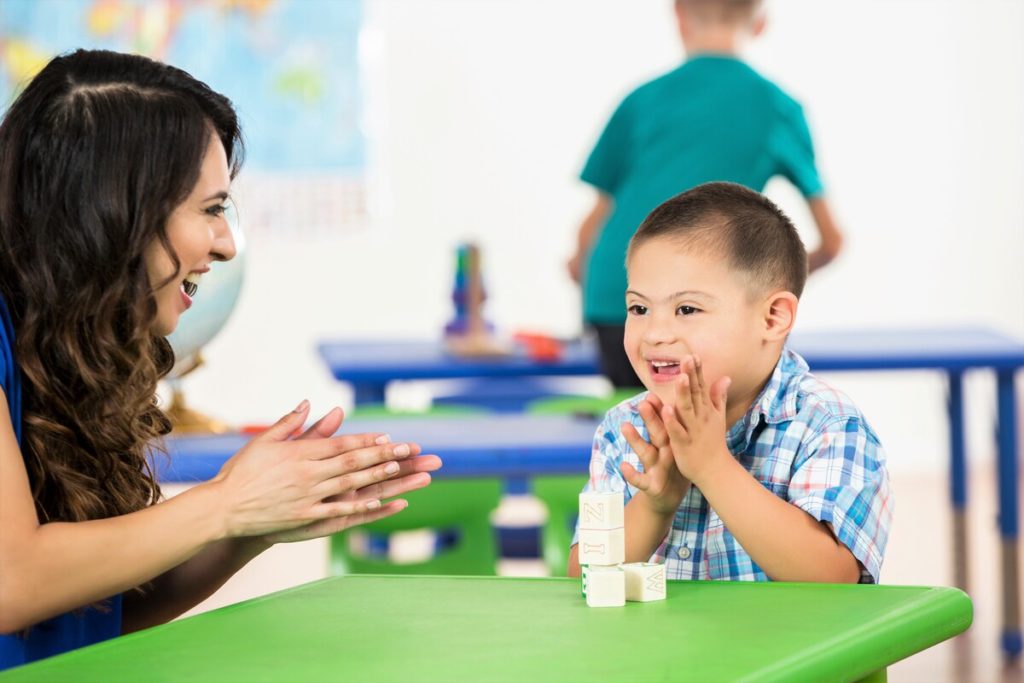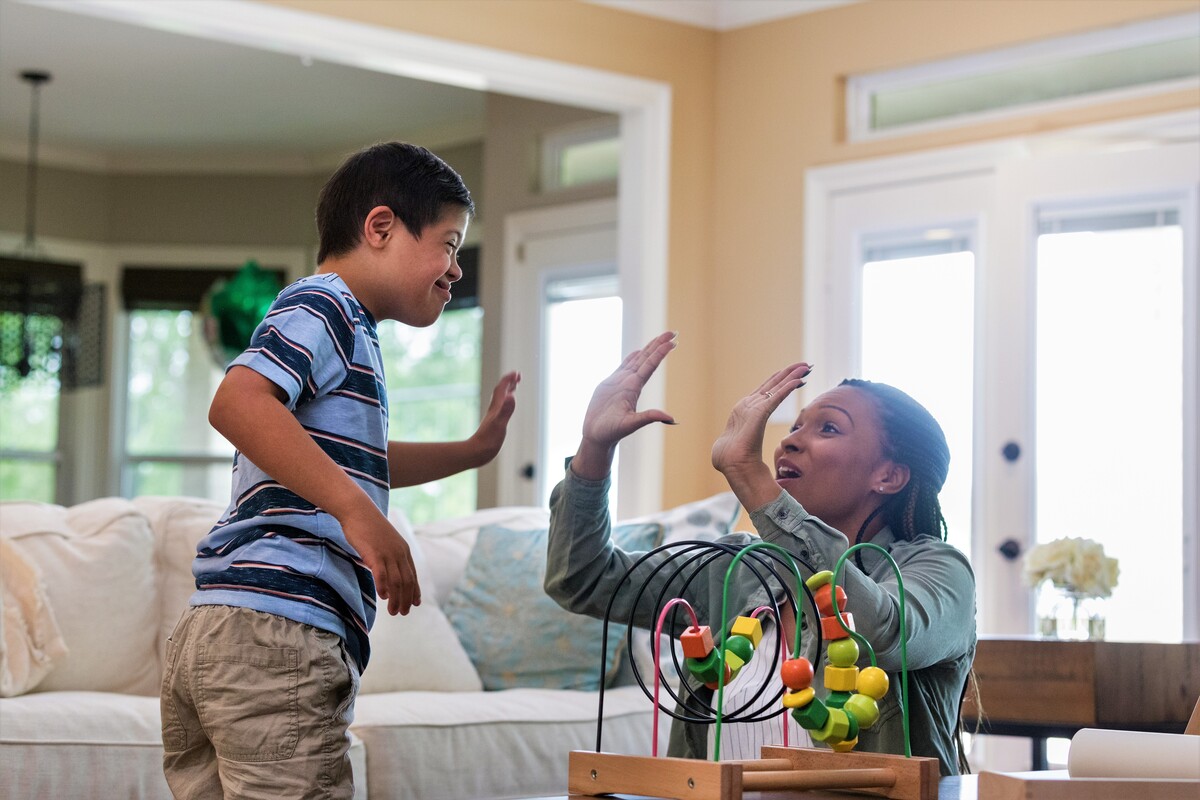The Power of Positive Reinforcement in Special Needs Education: 5 Advantages You Need to Know
Positive reinforcement is beneficial for improving social skills, self-esteem, focus, and learning.
For children, positive reinforcement rewards them for their actions and encourages them to do them again. It aims to increase desired behaviours by adding a favourable stimulus right after that behaviour occurs.
In teaching, positive reinforcement is behaviour management that rewards students when they do well. In special needs education, the method focuses on changing existing behaviours or creating new ones by offering a favourable stimulus like a reward or praise. These increase the probability of the desired behaviour, such as completing chores, complying with a request, or waiting patiently.

There are four types of positive reinforcement strategies for the classroom:
- Non-verbal cues (thumbs up, clapping, high-five)
- Verbal praise (“Good job”, “Well done”)
- Tangible rewards (favourite toy)
- Activity rewards (free time for those who stay on task)
Positive Reinforcement Advantages
Positive reinforcement is beneficial for increasing the frequency of desired behaviours and improving social skills, self-esteem, focus, and learning.
However, it is essential to note that the effectiveness of positive reinforcement may vary depending on the student and the specific targetted behaviour, says Taarana School’s Principal, Dr Sunitha Sivakumaran.
“It is also vital to implement positive reinforcement in a consistent and timely manner and to ensure that the support is something the student values. It may be helpful to track a student’s progress and make any necessary adjustments to the reinforcement plan to ensure that it effectively promotes desired behaviours.
However, it is also essential to consider the student’s needs and preferences when selecting the reinforcement to be used,” Dr Sunitha explains.
The usage of positive reinforcement in the classroom shows that it can significantly improve students’ behaviours and social skills, even after removing the reinforcer.

For example, a teacher may give gold stars to students who turn in their work on time. In turn, this encourages students to return to work consistently. Others may be generous with praise, high-fives or hand out toys when students behave appropriately.
“Token reinforcers are points or tokens awarded for performing specific actions. These can then be exchanged for something of value. For example, a teacher may give a student points for completing assignments on time, which is exchangeable for a prize.
In such a situation, the reinforcing stimulus is the positive reinforcer, something that a person usually enjoys or prefers, so it can motivate them to repeat the target behaviour,” Dr Sunitha adds.

Here are five advantages of positive reinforcement in special needs education:
- It can increase the frequency of desired behaviours. When students with special needs receive positive support for engaging in the desired behaviour, they are more likely to repeat it.
- It can improve social skills. For example, when students with special needs receive positive feedback for their social interactions, they may be more likely to initiate social interactions with their peers.
- It can increase self-esteem and self-confidence. When students with special needs receive consistent reinforcements for their efforts and successes, they may develop a greater sense of self-worth and self-confidence.
- It can improve focus and attention. With positive reinforcement for concentration and focus, students may be more likely to remain on task and less likely to be distracted.
- It can facilitate learning. When students receive rewards for their academic efforts, they may be more motivated to learn and engage in academic tasks, which can lead to increased academic success.
Taarana’s curriculum focuses on the skills and strengths children already have and builds on them to promote their development. The extensive programmes foster communication and social skills, independence, coping skills, and skills for daily life.

